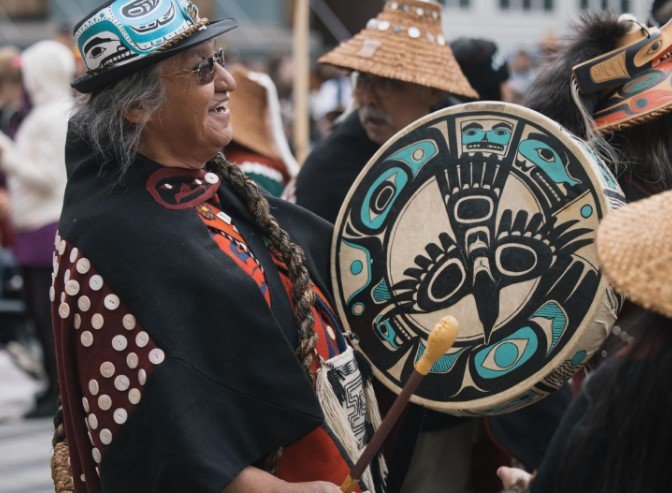The legacy of Bureau of Indian Affairs (BIA) boarding schools in Alaska is a somber chapter in the state’s history. Established with the intent to assimilate Native Alaskan children into Western culture, these institutions have left a lasting impact on generations. The echoes of this era continue to reverberate through the lives of many, as they grapple with the loss of language, culture, and identity.
The Assimilation Agenda
The BIA boarding schools were part of a broader federal effort to assimilate Indigenous peoples across the United States. In Alaska, this took the form of a systematic approach to erode the cultural foundations of Native communities. Children were removed from their homes and placed in environments where their languages and traditions were forbidden. The goal was clear: to reshape the identities of these young individuals into something that aligned with the dominant society’s expectations.

The Cultural Cost
The damage inflicted by the boarding schools was not just a matter of lost language or altered traditions; it was a deep, psychological wound that spanned generations. The suppression of cultural practices and the enforcement of foreign values disrupted the transmission of cultural knowledge. This loss is not easily quantified, but its effects are seen in the struggles of communities to preserve what remains of their heritage.
Healing and Reconciliation
Today, there is a growing movement towards healing and reconciliation. Survivors of the boarding school system and their descendants are seeking ways to reclaim their heritage and heal the scars left behind. This includes efforts to revitalize languages, restore traditional practices, and acknowledge the wrongs of the past. The journey is long and challenging, but it is a testament to the resilience of Alaska’s Native peoples.

Comments